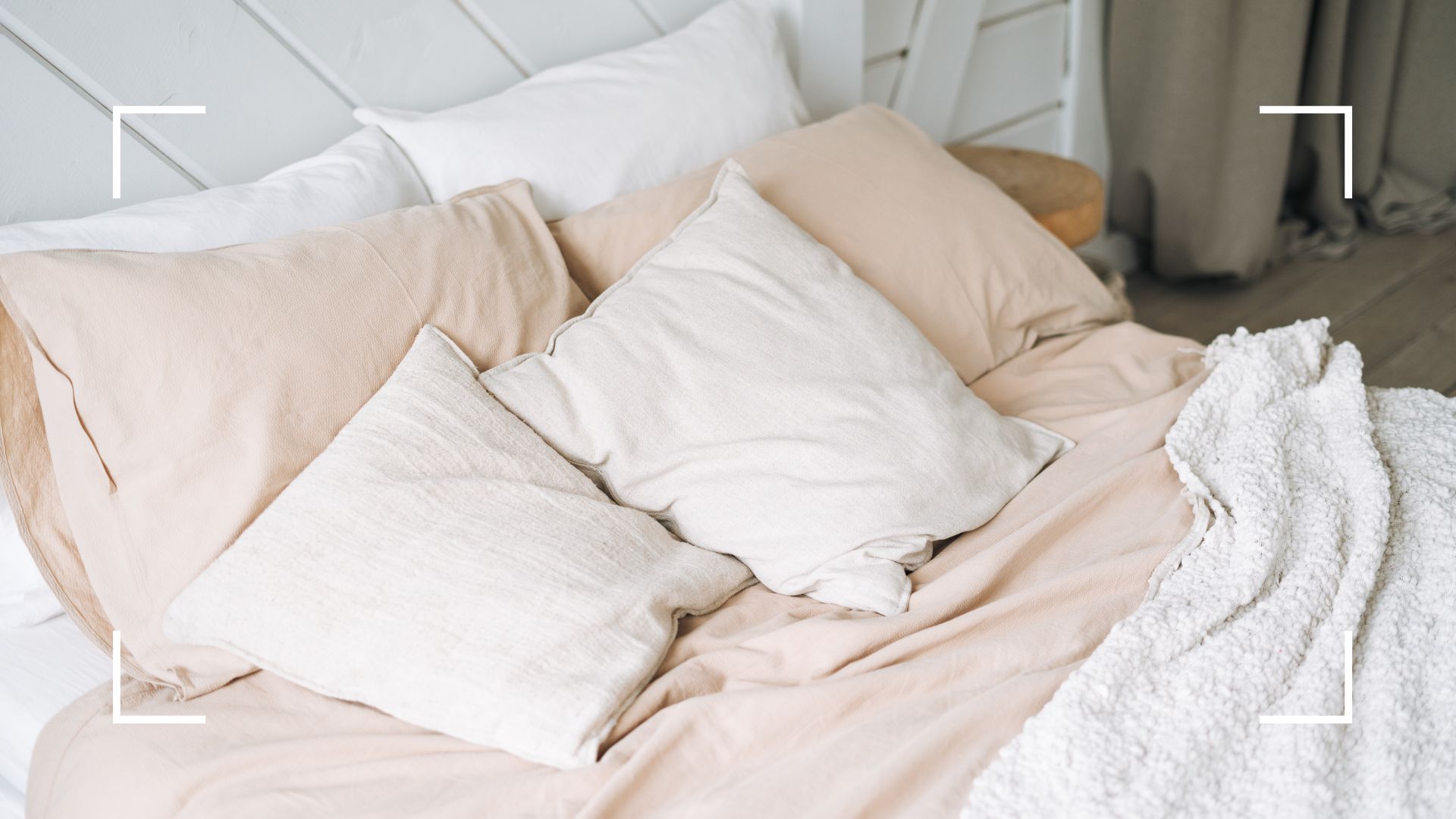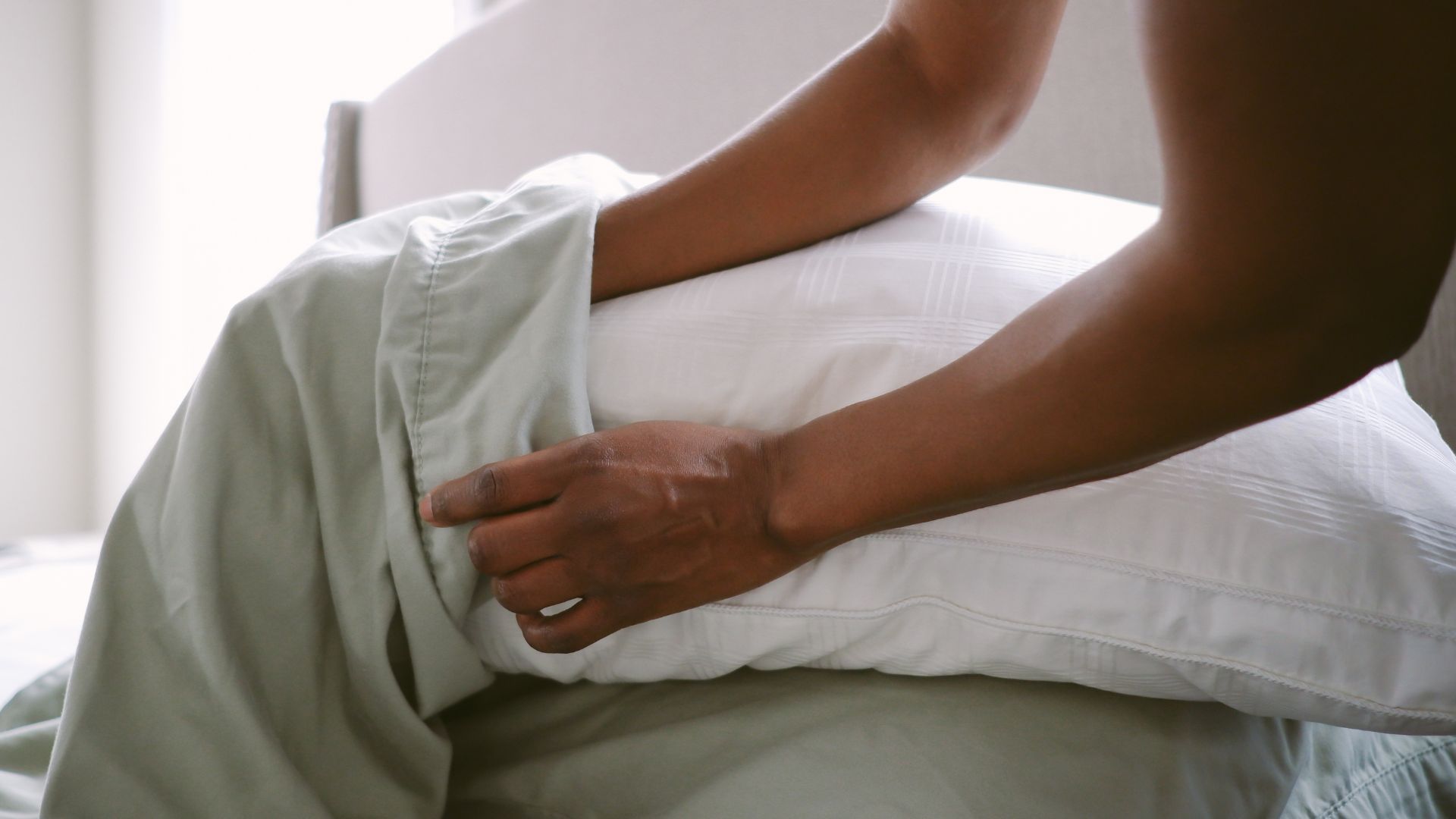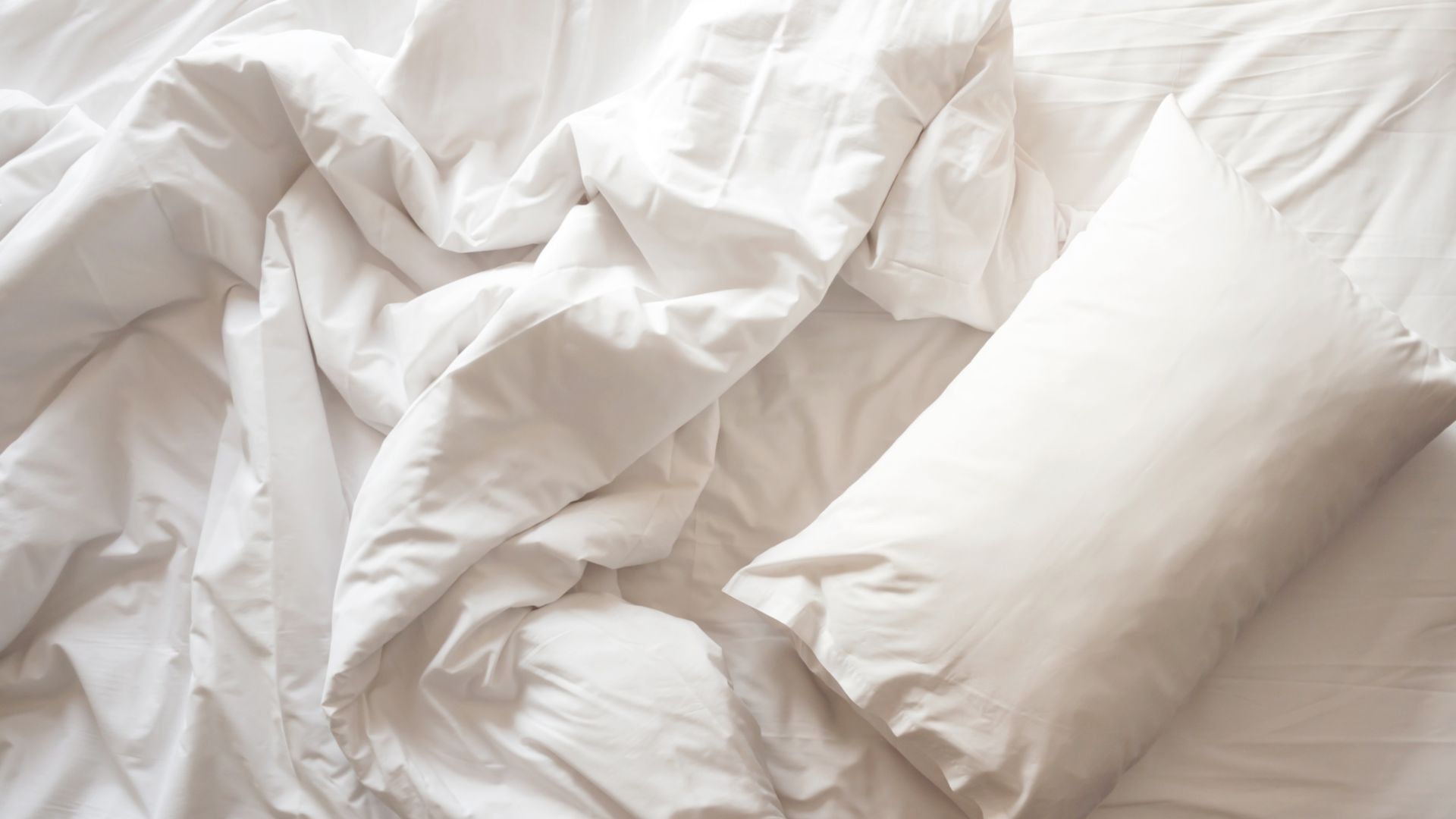
Whilst you may think it’s simply a matter of personal preference, the choice of how many pillows you should sleep with has a little more science to it.
There’s nothing quite more important than getting a good night's sleep and being comfortable in bed. Having good sleep hygiene and being armed with some of the best pillows is a great way of guaranteeing restful and undisturbed sleep.
However, even with the best sleep aids on the market, you may find yourself fidgeting during your sleep and your sleep set-up might not be quite hitting the spot. A possible reason for this may be the amount of pillows you’re using, a key element you perhaps haven’t questioned before.
With this in mind, we spoke with three sleep experts to find out what the magic number is and whether or not this number changes depending on the type of sleeper you are…
How many pillows should you sleep with?
When it comes to how many pillows you should sleep with, the expert's recommendations were widely the same. Everyone we asked agrees that one pillow is enough and that any more than that can pose a risk to your spine.
Certified sleep science coach and editor of SleepAdvisor.org, Jill Zwarensteyn, says, "One pillow under the head should be enough, but it needs to be the right one. The goal of a pillow is to align the neck with the rest of the spine to create a good sleeping posture and prevent neck strain." She explains that more than one pillow could create too much elevation and throw your neck out of alignment.
Not only is it important to sleep with the correct amount of pillows, but the placement of them is important too. So while one pillow is the recommended amount, depending on your sleep style, height and weight, there are more factors to take into account when putting together your perfect pillow setup.

Is better to sleep with one pillow or two?
Despite the common consensus being that one pillow is the way to go, some experts support the use of two. However, they stress that it's important that you use that second pillow the right way.
Martin Seeley, sleep expert and CEO of MattressNextDay, believes that using two pillows is a great way of improving your sleep experience. He says, "People need to focus on how they use their pillows - they should never be placed on top of each other as this will actually hinder your sleeping experience, and cause a stiff neck in the morning."
So if we shouldn't stack our pillows, how should we use the second one? Martin explains, "Think of it this way; your main pillow should be used for your head and neck, as it keeps your spine in a happy, aligned position, allowing you and your limbs to wake up feeling refreshed. Then your second pillow is more like a versatile sidekick which can be used depending on how you sleep."
How many pillows should you sleep with according to your sleep style?
Although there is the general one pillow rule, this only applies to underhead support. When it comes to using additional pillows, there are slightly different rules, depending on what type of sleeper you are.
For back sleepers

Theresa Schnorbach, a psychologist and sleep scientist at Emma, the award-winning mattress company, recommends one single pillow of medium height and softness for those who sleep on their back. She says, "Memory foam is a great choice here as the material conforms to the pressure of your neck and shoulders. This will support your neck and shoulders to ensure you don’t wake up with tight or knotted shoulders."
Thin pillows are also generally best for back or front sleepers; head to our guide on the best thin pillows to shop our favourites.
For side sleepers
Unlike sleeping on our backs, those of us who sleep on our sides are more at risk of spine misalignment and pain. Despite this, it's estimated that the majority of adults do sleep on their side.
If this is you, a two-pillow setup is the way to go. Martin says the best way to align your spine in this position is to have one pillow under your head and one between your knees.
"In the side sleeping position, the leg you place on top can pull on your spine leading to stress on your lower back and hips. Try to use a firm pillow between your knees to keep the knees from touching," he continues. "As for your head, a medium-firm pillow is perfect. These two pillows combined will keep your spine & neck perfectly aligned."
For the perfect sleep set-up, invest in one (or two) of the best pillows for side sleepers.
For front sleepers

Sleeping on our stomachs is often dubbed the worst position for sleeping and experts generally advise against it. Being flat on your stomach can put high levels of stress on the back of your spine, which can then pull your spine out of position.
While it's best to avoid sleeping like this altogether, there is a pillow placement that can ease the negative effects.
Sleep expert Martin says if you have to sleep on your stomach then it's probably best you don't have a pillow under your head at all. "Place a medium pillow under your pelvis area instead. This keeps your spine in the best alignment it can be in this position," he says. "If you really need to have a pillow under your head, make sure it's a soft pillow. Keeping your head as low as possible will help to align your spine correctly."
Knowing how to sleep better can be quite a frustrating endeavour but investing in the right tools is a great place to start. And what better thing to invest in than your sleep?







